Proper watering and fertilizing of seedlings contributes to its normal formation and development. It is during the seedling period that plants develop a program for further growth, which, in turn, affects the yield.
Fertilizing requirements for tomato seedlings
Any seedlings grown on a windowsill need feeding.Their frequency depends on the soil in which it grows. When using purchased slightly acidic soils (pH 5-6), the crop is fed once every 10-15 days. If the soil is more acidic, then fertilizing is carried out every 10 days with the addition of deoxidizing agents.
|
Which fertilizer should I choose? |
The most unsuitable soil for tomatoes is garden soil. In the northern and central regions it is, as a rule, too acidic, in the central black earth regions and in the south it is alkaline. In this case, fertilizers are given at each watering with the simultaneous introduction of substances that deoxidize or alkalize the soil.
After the cotyledon leaves open, the tomatoes switch to their own root nutrition. If they grow on purchased soil, then the fertilizers contained in it are enough for them, and they begin to fertilize after picking. If the crop grows on garden soil, then it should be fed immediately after the cotyledon leaves open.
While growing tomato seedlings at home, they need to be fed 4-5 times. When growing in a window, fertilizer is applied at the root. If the seedlings grow in a greenhouse, then you can do one foliar feeding.
Fertilizers are also applied if signs of a lack of nutrients appear.
Symptoms of Nutrient Deficiency
In the absence of proper care or growing seedlings on poor soil without fertilizers, symptoms of a deficiency of one or another element appear.
|
Nitrogen deficiency |
Lack of nitrogen. The leaves become shredded and turn yellowish-green, and the tomatoes are weak and grow poorly. However, you cannot feed with pure nitrogen, since the plants will gain a lot of green mass and overgrow. In addition, tomatoes overfed with nitrogen fertilizers are easily affected by diseases.
|
Phosphorus deficiency |
Phosphorus deficiency. The undersides of the leaves, veins and stems become purple in color. The more intense it is, the stronger the deficit. If only the lower part of the stem turns purple, then this is not a sign of a lack of phosphorus, but of cold air at the roots. In this case, the seedlings are placed on a stand or on insulation.
|
Iron deficiency |
Iron deficiency. The leaves take on a yellowish-green color and the veins turn dark green. It is more common in tomatoes grown on neutral and slightly alkaline soils.
|
Micronutrient deficiency |
General micronutrient deficiency. Plants are depressed, grow poorly, yellowish-green in color. If they are pulled out of the ground, the root system is weak and underdeveloped. The situation can be easily corrected fertilizing with microfertilizer.
Typically, seedlings in apartment conditions experience either a complex lack of nutrients or a nitrogen deficiency. The rest are gross mistakes either in soil selection or maintenance.
Fertilizer application scheme
At home, it is better to feed tomatoes with liquid fertilizers, since they are easier to apply and are absorbed much faster. Humates are usually used from organic substances. It is unlikely that anyone will decide to use chicken droppings or mullein on their windowsill.
The amount of fertilizing depends on the variety of tomatoes. Late varieties are planted early - in mid-late February, so they need to receive 4-5 feedings in the house. Early tomatoes are sown in early March, and their shoots appear by the middle of the month. They are fed 3-4 times before planting in the ground.
First feeding of tomato seedlings
It is carried out after the appearance of the first true leaf. But if they do not appear for a long time, then they apply fertilizers without waiting for the real leaves to appear.This often happens when growing seedlings in poor soil that is not supplied with nutrients.
|
The main danger of this feeding is that the hypocotyledon is greatly extended. Plants become thinner and elongated. Therefore, the fertilizer must contain a minimum amount of nitrogen and enough phosphorus and microelements. |
However, nitrogen must still be present - it is the main factor in the growth of green mass. It is best to use liquid fertilizers: they are quickly absorbed by tomatoes and are much easier to apply to seedling containers. The most suitable for the first feeding are:
- special fertilizers for bulbous flowers (Agricola, Kemira flower);
- for onions and garlic;
- extract from ash.
If the tomatoes on the window have their first true leaves, but they clearly lack nutrition (slow growth, yellowish tint of plants), then they are fed with complex fertilizer for tomatoes and peppers (Malyshok, Kemira, Aquarin, Krepysh).
All of them contain a sufficient amount of phosphorus and trace elements, while they contain little nitrogen. This feeding allows slow-growing tomatoes to compensate for the deficiency of nutrients and develop normally.
Fertilizing is done immediately after watering so that the solution does not burn the roots.
Second feeding
|
If the seedlings grow normally, then the first fertilizing is not done, but fertilizers are applied 3-5 days after picking. At this point, the seedlings have 2-3 true leaves. |
If the first feeding was done, then the next one is carried out 12-14 days later. They use special complex fertilizers for tomatoes and peppers: Agricola, Intermag Vegetable Garden, Malyshok. When signs of nitrogen starvation appear, feed with humates.
Nitrogen fertilizers, which are usually used in summer cottages, are not used at home, since an incorrectly calculated dose can destroy tomatoes.
Third feeding of tomatoes
It is carried out 14 days after the second. If the seedlings are growing in a greenhouse, then foliar feeding can be done; if in a window, then fertilizers are applied at the root.
|
If the tomatoes are too elongated, then use fertilizers with a minimum nitrogen content and a sufficient amount of phosphorus. The best solution in this situation is an infusion of ash. |
To prepare it, 1 tbsp. Add ash to 1 liter of boiling water and stir thoroughly. The infusion is left for 2-3 days, stirring regularly. Before adding, 1 glass of infusion is diluted in 1 liter of water and watered over the tomatoes. In addition, you need to adjust the backlight and temperature. The culture is placed in a cool but sunny place and the illumination time is increased.
When plants develop normally, they are fed with Intermag vegetable garden or Malyshok fertilizer.
|
In the case of foliar application of fertilizers, spraying is carried out with the same substances early in the morning (an hour after sunrise) or in the evening (1-2 hours before sunset) so that the tomatoes do not get burned. |
Fourth feeding of tomatoes
This is usually the last addition of nutrients to the seedlings. It is carried out in 10-12 days before planting in the ground. At this time, in early tomatoes, if the sowing dates have been met, the first flower cluster is formed. In late varieties, successive leaves are still being laid. Therefore, different varieties of tomatoes require different nutrients.
In early varieties, when the first flower cluster is formed, the need for nitrogen decreases and the need for potassium, calcium and microelements increases.Effecton O, Kalimag, and ash are used as top dressing.
Late varieties lay the first flower cluster 70-80 days after germination, so by the time of the fourth feeding they still continue to grow leaves and have a high need for nitrogen and phosphorus. They still require potassium in minimal quantities. Therefore, the same fertilizers are applied to them as before: Intermag vegetable garden, Agricola for tomatoes and peppers, Malyshok.
Last fifth feeding
It is done only for late varieties of tomatoes, if they are not planted in the ground. By this time, late varieties are also gaining the first cluster and, accordingly, the need for nutrients changes. Add ash or Kalimag. But if the seedlings need to be planted in the ground earlier than 10 days after fertilizing, then it is not carried out.
Feeding tomato seedlings with folk remedies
Some amateur gardeners prefer to feed tomato seedlings with various folk remedies instead of fertilizers. Tomatoes are fed with everything, and Not every fertilizer is good for plants.
Dried tea leaves
It is very often added to any seedlings. The most resourceful ones pour soil into used tea bags and sow tomato or pepper seeds there. At the stage of the first true leaf, the crop is picked.
|
Tea leaves contain a lot of tannins and vitamins, but they do not contain the elements necessary for plants. |
It is good to use as a soil loosener, especially if tomatoes are grown on dense garden soil. The best ones for this are large-leaf black and green tea. Tea with additives, dyes and flavors cannot be used, since the components contained in it can harm the seedlings.
As a leavening agent, the dried tea leaves before picking are added to the containers into which the tomatoes will be pickled. The tea leaves retain moisture very well. Therefore, when growing tomato seedlings in peat pots, in order to avoid rapid absorption of moisture by peat, it is applied to the surface of the soil and lightly sprinkled with soil.
But you shouldn’t add a lot of tea leaves, as it retains moisture well. And moisture is a favorable environment for the development of pathogens, especially the black leg. In addition, tea leaves in large quantities acidify the soil.
The tea leaves itself is not a fertilizing agent, and its application does not in any way affect the development of tomatoes. Therefore, regardless of whether it is applied to tomatoes or not, they must be fed with regular fertilizers.
Eggshells as fertilizer
Some people add powdered eggshells, especially from Easter eggs, for tomatoes and other seedlings. The shell contains a lot of calcium, but there are practically no other elements in it. However, tomatoes do not need calcium during the seedling period. An excess of it in the soil promotes the rapid growth of small oppressed shoots, which, without having time to develop well, dry out. Therefore, there is no need to add eggshells to seedlings (the exception is when its deficiency manifests itself, and then in very limited quantities).
|
It is better to save the shells until the fruits ripen, when the need for calcium in tomatoes increases. |
Weed infusion
This green fertilizer usually carried out by those who grow seedlings in a greenhouse. An infusion is prepared from the first weeds that appear and then poured over the tomatoes. In room conditions, an infusion of banana peels is used for the same purpose.This fertilizer contains a lot of nitrogen, and it can be applied only when the growth of tomatoes is slow and in their depressed state. Feeding is done once during the growing of seedlings. Then they use fertilizers that contain a minimum amount of nitrogen and sufficient other elements.
If you overfeed tomatoes with infusion, they will grow rapidly, will be lush, but will not form flower clusters. And this is a loss of harvest.
Is it worth feeding seedlings with yeast?
Yeast is very often used for fertilizing. They contain many vitamins, but they do not contain any nutrients necessary for plants. Therefore, adding yeast to seedlings is a pointless waste of time and effort. It doesn't give any effect.
Feeding with iodine
During the seedling period, tomatoes do not require iodine and its addition at this time only interferes with the normal development of tomatoes. It is necessary for fruit set. The need for it arises after the first flower cluster begins to bloom. Until this time, the culture does not need it.
Do not rush to fertilize seedlings with hydrogen peroxide
It contains only oxygen and hydrogen. Watering tomatoes with it enriches the soil with oxygen and the seedlings grow well for some time. But still, this is not feeding; tomatoes still require nutrients.
|
Therefore, of course, you can water tomatoes with peroxide, but only in addition to full-fledged feeding. |
Fertilizing tomatoes with onion peels
Onion peel infusion disinfects the soil well, suppressing pathogenic microflora. The husk contains many microelements and can be used as a microfertilizer. However, it should not be abused, since the phytoncides it contains in large quantities can damage the roots of tomatoes.But you can still water the tomatoes once during the period of seedling growth.
It must be remembered that onion infusion is a complete fertilizer and after applying it, the next fertilizing is done only after 10 days.
Watering tomato seedlings
Water tomatoes very sparingly. The seedlings do not tolerate waterlogging of the soil. If the soil is not allowed to dry out, the roots of the plants will develop poorly, and when planted in a permanent place, the crop will suffer for a long time.
|
In general, tomatoes tolerate soil drying out much better than waterlogging. |
The usual recommendation is to water your tomatoes once every 10 days. But growing conditions can vary so much that someone’s seedlings can dry out in 10 days. To determine whether plants need watering or not, you need to run your finger across the surface of the soil. If there is a layer of dust left on your finger that can be easily shaken off, watering is required.
In other cases, there is no need to water. When seedlings are grown in deep containers, the dryness of the soil is determined using a wooden stick 15-20 cm long. It is immersed in the soil to a depth of 10 cm. If the soil sticks to it, no watering is needed.
Basic rules of watering.
- Irrigation water must be settled. Tomatoes do not like the chlorine contained in tap water.
- The water should be at room temperature or warmed up during the day in the greenhouse. Although tomatoes tolerate cold water well, you need to take into account that they grow in limited containers and the roots become very cold with such watering. As a result, crop growth slows down.
- Before any fertilizing, the seedlings must be watered and only then fertilizers are applied. Otherwise, you can burn the roots.
- Water the crop only at the roots, since wet leaves can burn in the bright sun.
- Tomatoes need to be watered rarely and very little.
Proper watering in combination with the necessary fertilizing is the key to good seedlings.
Continuation of the topic:
- Why do the leaves of tomato seedlings turn yellow?
- How to grow tomatoes correctly
- The best way to feed tomatoes
- What causes tomato seedlings and how to treat them?
- How to plant tomatoes in open ground correctly
- When can you plant seedlings in open ground?
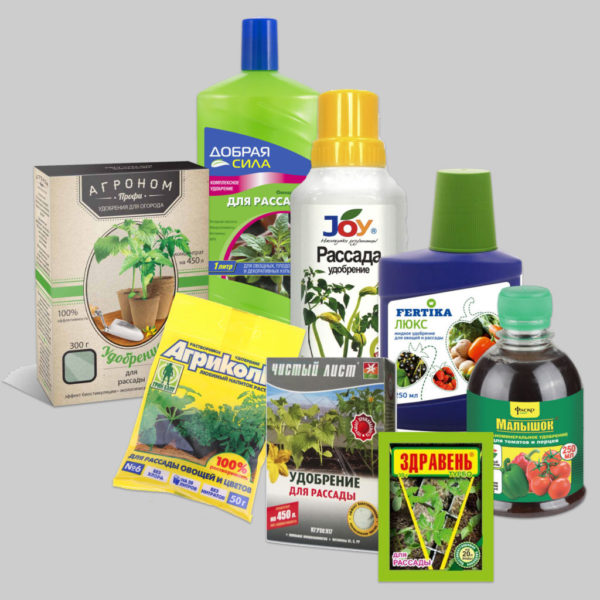
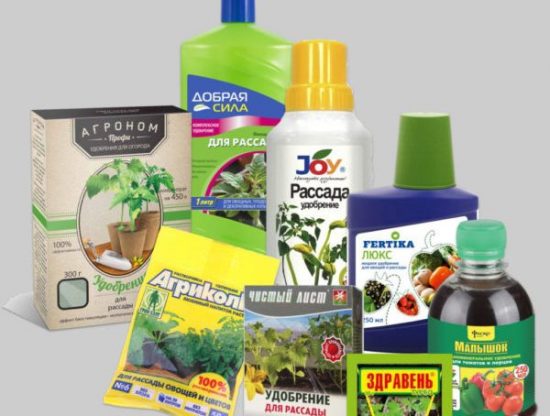
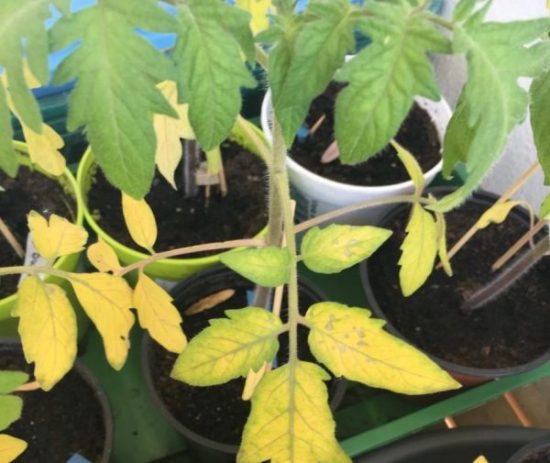
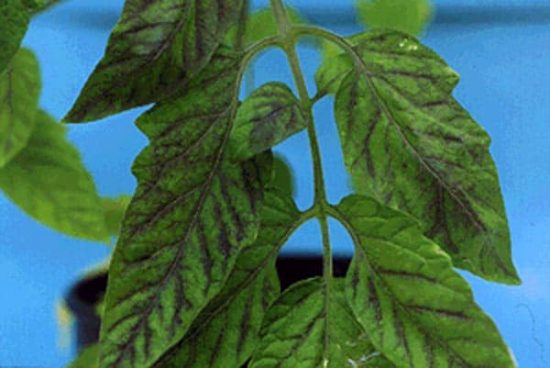
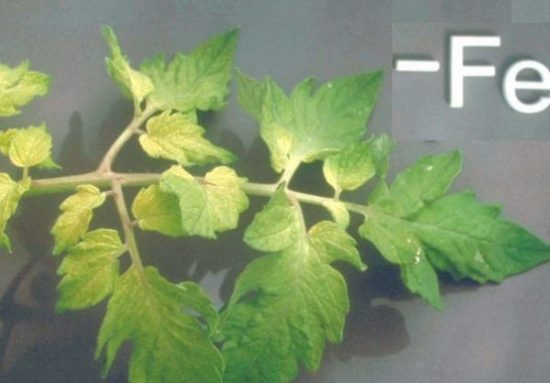

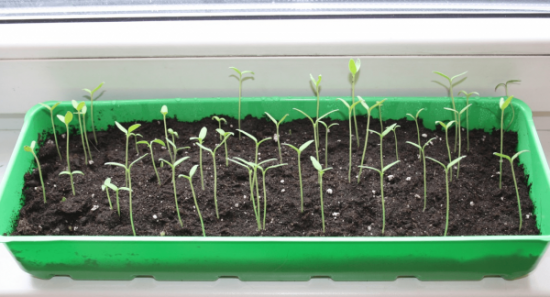
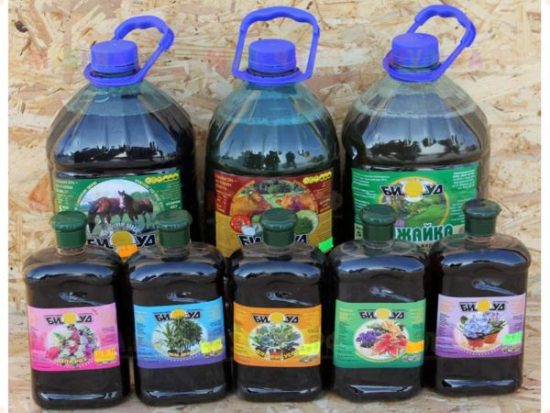
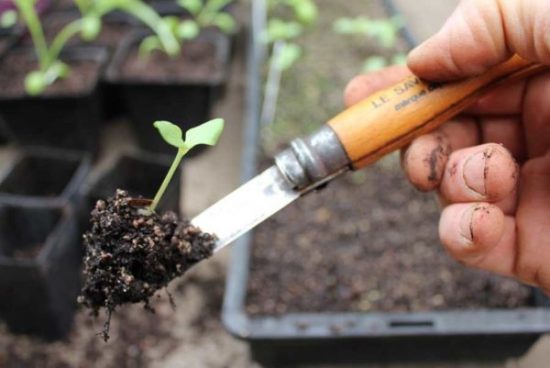

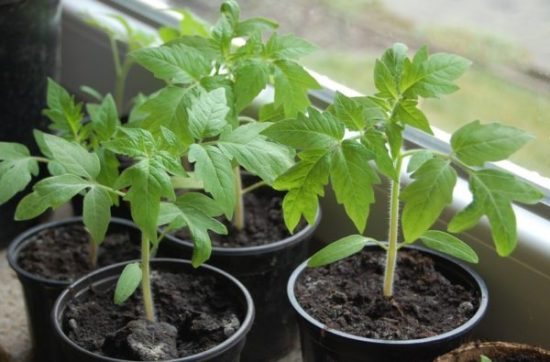
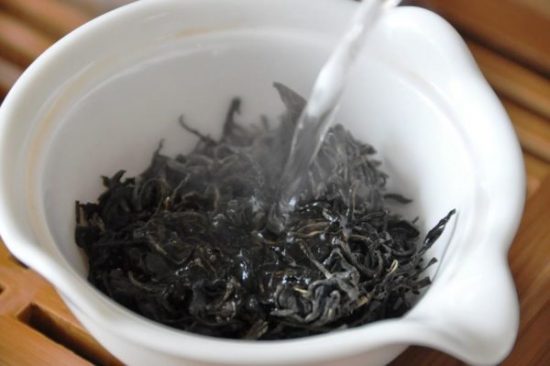
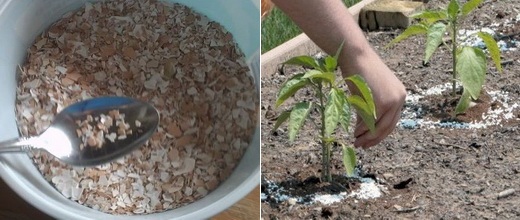
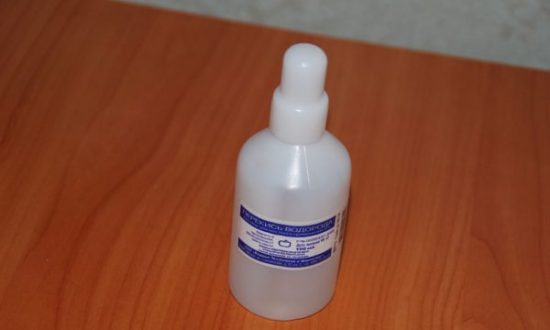


 (14 ratings, average: 4,71 out of 5)
(14 ratings, average: 4,71 out of 5) CUCUMBERS NEVER GET SICK, I'VE BEEN USING ONLY THIS FOR 40 YEARS! I SHARE A SECRET WITH YOU, CUCUMBERS ARE LIKE THE PICTURE!
CUCUMBERS NEVER GET SICK, I'VE BEEN USING ONLY THIS FOR 40 YEARS! I SHARE A SECRET WITH YOU, CUCUMBERS ARE LIKE THE PICTURE! You can dig a bucket of potatoes from each bush. Do you think these are fairy tales? Watch the video
You can dig a bucket of potatoes from each bush. Do you think these are fairy tales? Watch the video
 How our fellow gardeners work in Korea. There is a lot to learn and just fun to watch.
How our fellow gardeners work in Korea. There is a lot to learn and just fun to watch. Eye trainer. The author claims that with daily viewing, vision is restored. They don't charge money for views.
Eye trainer. The author claims that with daily viewing, vision is restored. They don't charge money for views. A 3-ingredient cake recipe in 30 minutes is better than Napoleon. Simple and very tasty.
A 3-ingredient cake recipe in 30 minutes is better than Napoleon. Simple and very tasty. Therapeutic exercises for cervical osteochondrosis. A complete set of exercises.
Therapeutic exercises for cervical osteochondrosis. A complete set of exercises. Which indoor plants match your zodiac sign?
Which indoor plants match your zodiac sign? What about them? Excursion to German dachas.
What about them? Excursion to German dachas.
No, the site is not for sale.